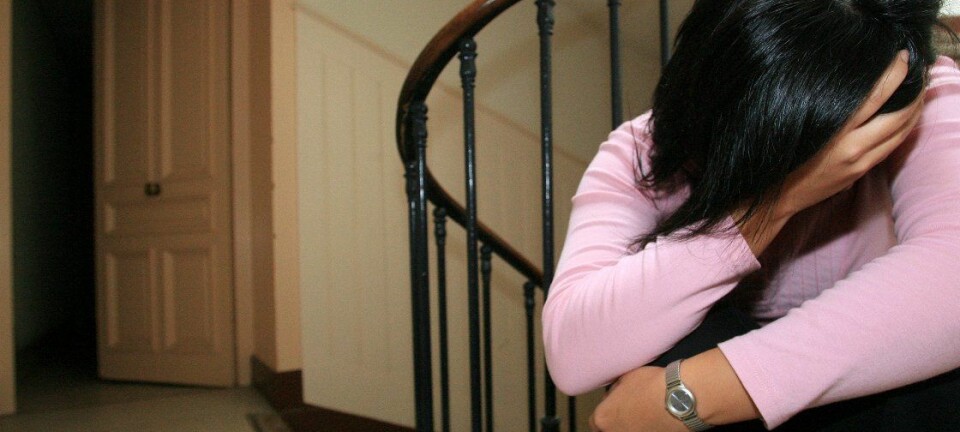Refugee integration improves with community action
When an entire local community is mobilised to help integrate refugees, the results are much better than when the job is left to paper pushers.
Denne artikkelen er over ti år gammel og kan inneholde utdatert informasjon.
Officials in Norway’s 428 municipalities encounter problems integrating immigrants and refugees from war-torn countries such as Somalia and Afghanistan, and can be reluctant to take on more.
The social science research institute Agder Research in Southern Norway has run pilot studies in two Agder County municipalities to see if certain approaches can aid integration.
Teaching Norwegian just part of the job
In the town of Arendal, educators found themselves doing much more than teaching Norwegian to adult immigrants.
“Some of the teachers in Arendal work nearly round the clock helping their students with the challenges of daily life,” says Eugene Guribye, a senior researcher at Agder Research. He teamed up with Knut Hidle to investigate the role played by educators assigned to teaching Norwegian to the newcomers.

“They can get involved in a number of tasks, such as translating letters. But even more demanding jobs crop up, such as helping tackle mourning processes in connection with family deaths or helping re-unite families. Sometimes they get desperate cries of help from women who are battered by their husbands or immigrants who are suicidal,” he says.
The teachers experience that public servants and health services are not always on the ball so they take on roles as liaisons between the immigrants and officials. This can be overwhelming.
Success in Lindesnes
On the southern tip of Norway, the Municipality of Lindesnes, with a population of 5,000, has a refugee office that is active in getting the community involved on many levels. Duties have been shifted from the local government offices and the professionals and turned over to residents.
“Employees at the refugee office work actively to involve the Norwegian locals and refugees who are already established in the community to help receive and include newly arrived refugees.”

Researcher May-Linda Magnussen, says this has paid off and many view integration of immigrants and refugees in Lindesnes as a success.
It is often hard to get immigrant women, for instance from Afghanistan, out in the job market as participating members of society. Now, nearly all the women from Afghanistan in Lindesnes have work, courses or job-training placements to go to.
Using peers
Refugees to Norway often come from war-torn countries and have an ingrained mistrust or fear of authorities.
Interviews by Eugene Guribye with teachers in adult education in Arendal show that educators also get additional responsibilities because teachers enjoy high status in the countries that the refugees fled from. They are deemed as deserving of confidence and they become important guides into Norwegian society.
“Many of the teachers I interviewed are sincerely involved as humanitarians. But many of their students have a huge need for help and are desperate. Is it really efficient for teachers to be using so much of their energy to help them?” asks Guribye.
The researcher suggests using peers and other contact persons whom the refugees respect as much as look up to teachers. From earlier work with Tamil refugees in Bergen and Oslo, he thinks successful integration hinges on initiatives by volunteers working in immigrant circles.
When refugees come to Lindesnes, earlier newcomers and peers are often linked to them as contacts. Each refugee also gets his or her own Norwegian volunteer contact in the local community.
“The refugee service in Lindesnes doesn’t isolate itself in the office. They are out in the community, creating relationships. They know that it’s important to establish these ties right away,” says May-Linda Magnussen.
Magnussen thinks the Lindesnes model probably also contributes to the positive attitude seen within the general population there toward new refugees.
------------
Read the Norwegian version of this article at forskning.no
Translated by: Glenn Ostling



































